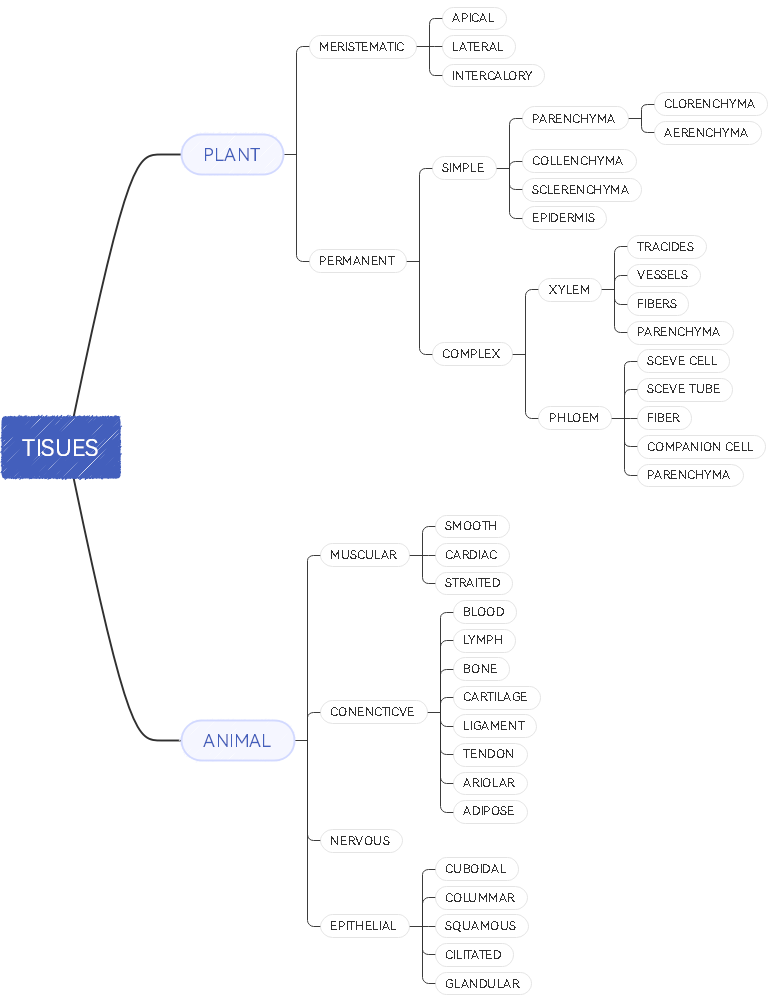Biology is divided into different categories, like ecology, genetics, anatomy, botany, and more. Botany specifically studies plants scientifically in detail. Understanding plant types, functions, and benefits is not as simple as it sounds. You may need a lot of research work, practical analysis, and a number of trials to get to a solid conclusion.
However, using a concept map to understand plant tissue and other functions becomes easier than you can imagine. This guide helps you learn to create a plant tissue concept map and presents customizable examples from which to benefit. But before that, you will get familiar with the concept of plant tissue. Let’s begin.
In this article
Plant Tissue: What Exactly Is It?
A tissue in a plant is a cluster of cells that perform a particular function in the plant’s body. A plant tissue system is formed when different tissues group together. It also performs a specialized function. The plant tissue system collects all organs and is hence known as a functional unit. The plant tissue system is divided into different tissues based on the nature of their functions.
Generally, plant tissues are categorized into two types, i.e., meristematic and permanent tissues. The later ones are also called non-meristematic tissues. Let’s understand both types one by one.
The reason why they are known as meristematic tissues is that their cells are found in meristems. Meristems are the regions where continuous plant growth and cell division happen. These tissues contribute to a plant’s growth effectively. Cells in meristematic tissues are either incompletely differentiated or undifferentiated. These tissues are further divided into different types, like apical meristems, lateral meristems, and intercalary meristems. Their division is based on their location in the plant.
As far as permanent plant tissues are concerned, they are known for offering strength, flexibility, and elasticity to plants. Cells in these tissues no longer divide actively. A permanent tissue is of two types: simple permanent and complex permanent. Simple permanent tissues are classified into parenchyma, collenchyma, and sclerenchyma. Complex permanent tissues include the xylem and phloem.
7 Easy Steps to Create a Plant Tissue Concept Map
Now, the concept of plant tissue is clear to you. Let’s move toward making a concept map for this subject. You may find a number of desktop applications and online utilities to make a plant tissue concept map, but not all of them are good to go.
So, finding a trusted diagramming tool is a tricky job. We have made it easier for you by presenting Wondershare EdrawMind - an incredible concept mapping software. It is available in both versions: online and desktop. The best part is that you can try the free trial to get familiar with the basic functions of EdrawMind before purchasing its paid plan.
The steps to make a concept map of plants using EdrawMind are as follows.
Step 1:Download the tool and install it on your device.
Step 2:Open EdrawMind, and you will see the main user interface on your system, as shown below.
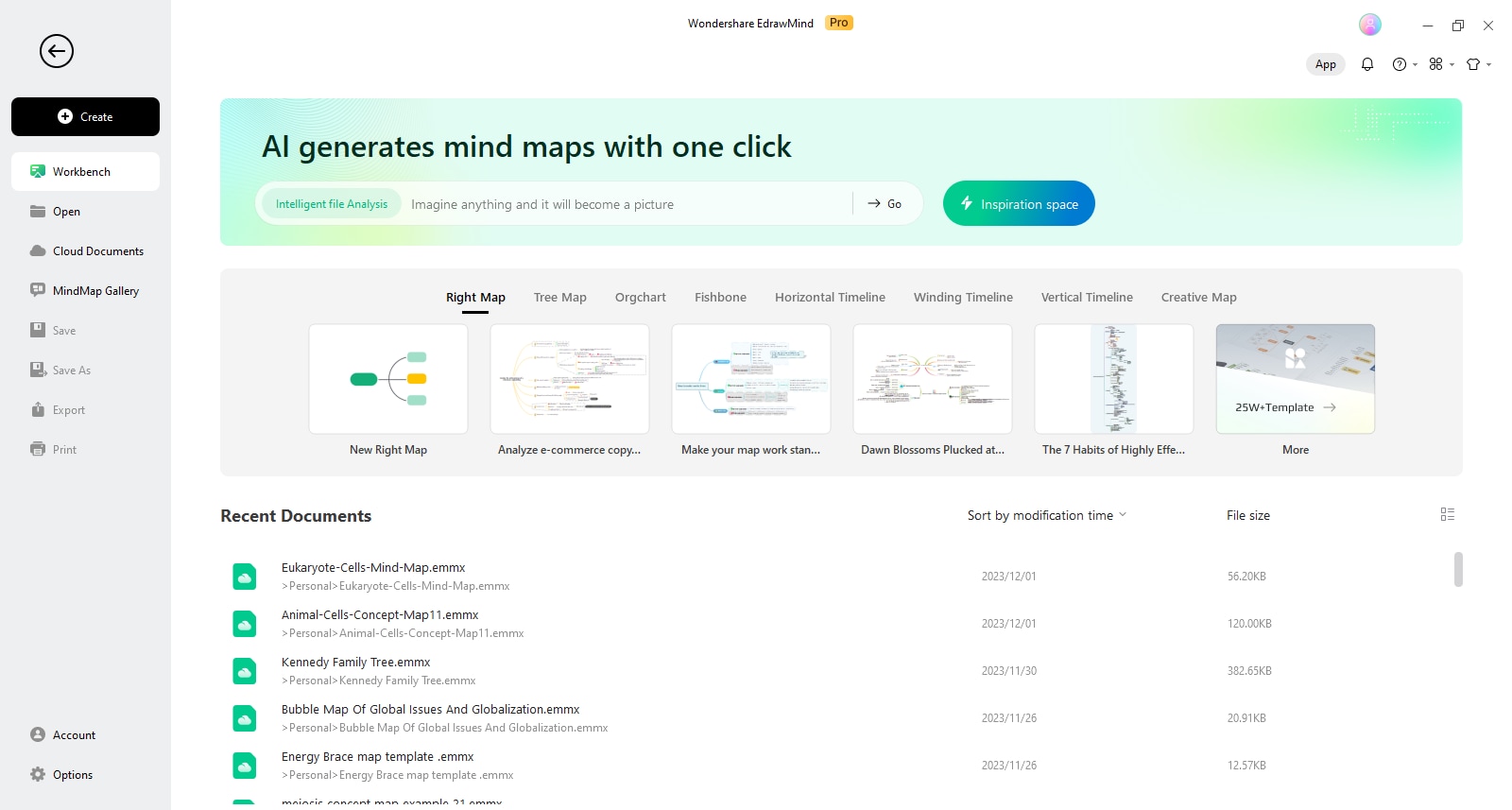
Step 3:Click the black-colored button, Create. Then, tap on the “The Mind Map” option.
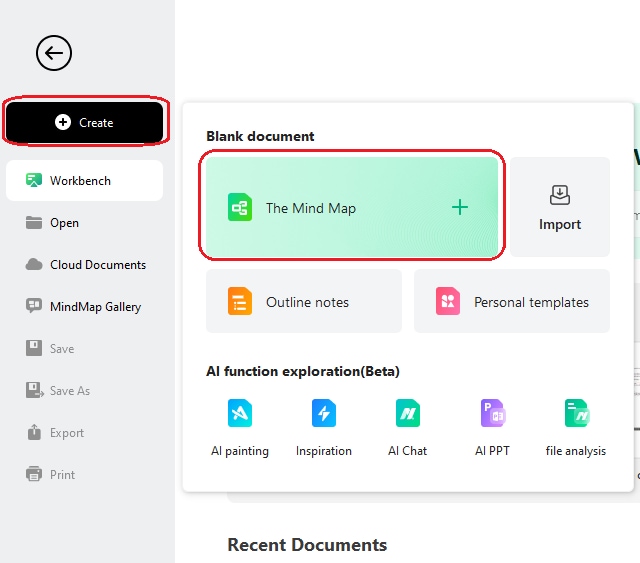
You will now see the basic layout of a concept map. You are free to make as many changes to it as you want to fulfill your requirements.
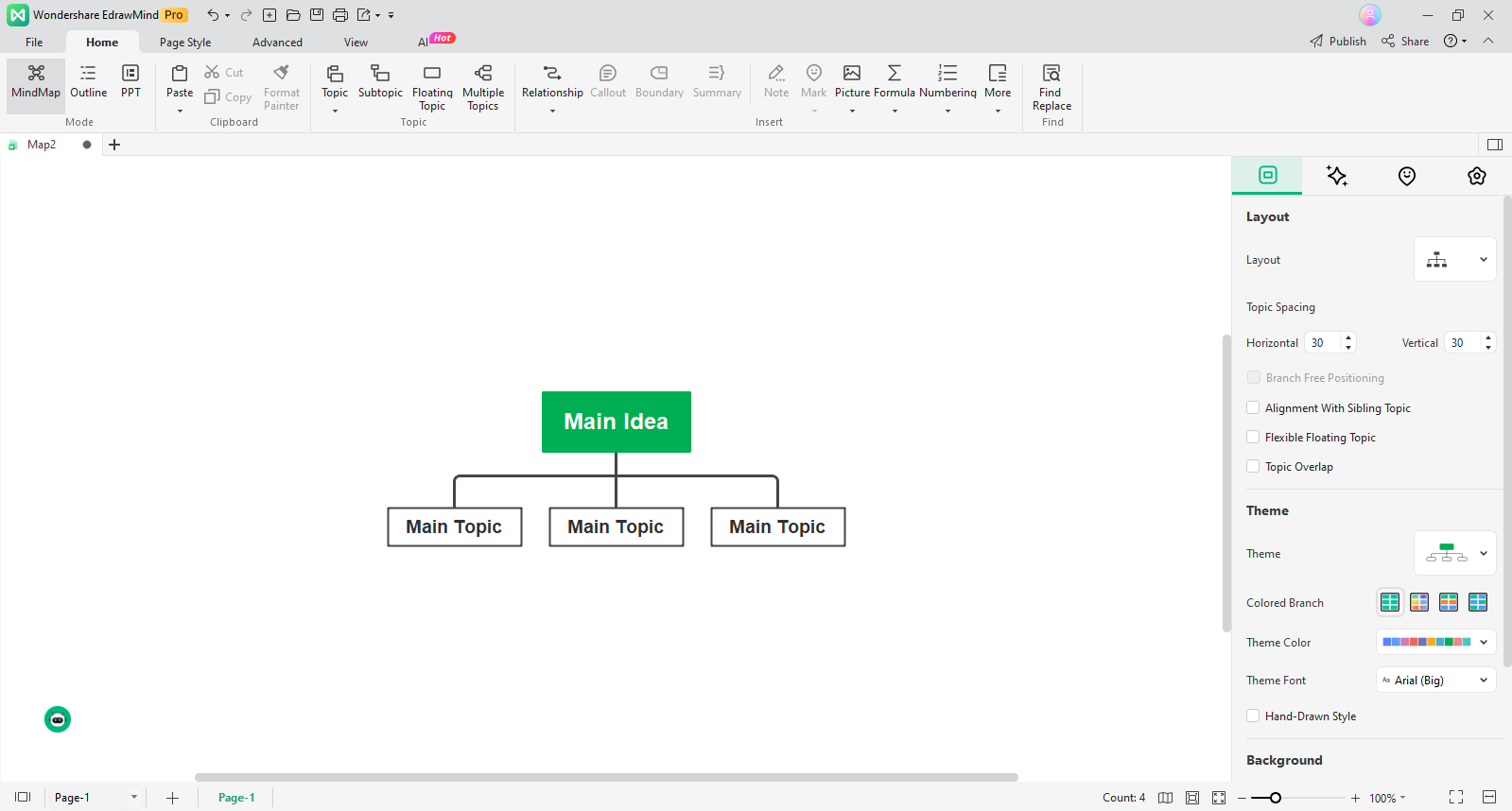
Step 4:Now, enter the data related to plant tissue into your map. The below image presents examples of plant tissues and their categories.
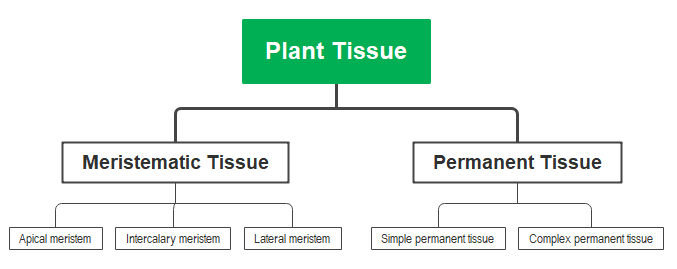
Step 5:You can change font styles, font sizes, color schemes, and other similar parameters, as EdrawMind allows you to customize your map fully.
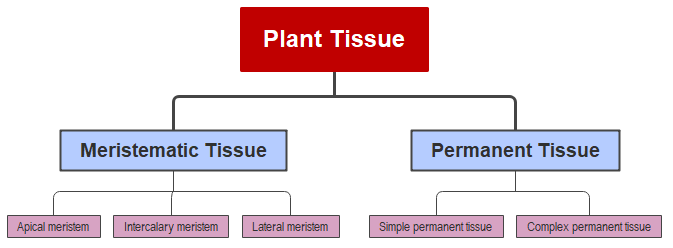
Step 6:Once your map is ready, you can save it to your device by exporting it from EdrawMind. Hit the “File” option from the top ribbon and click “Export,” as shown below.
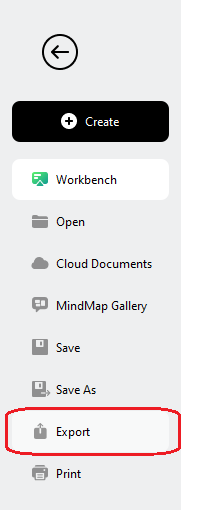
It is time to choose the desired file format to save your plant kingdom concept map. The top formats EdrawMind supports include PNG, PDF, Word, Excel, HTML, PPT, TXT, SVG, and more. Once you choose the format, hit the “Export” button.
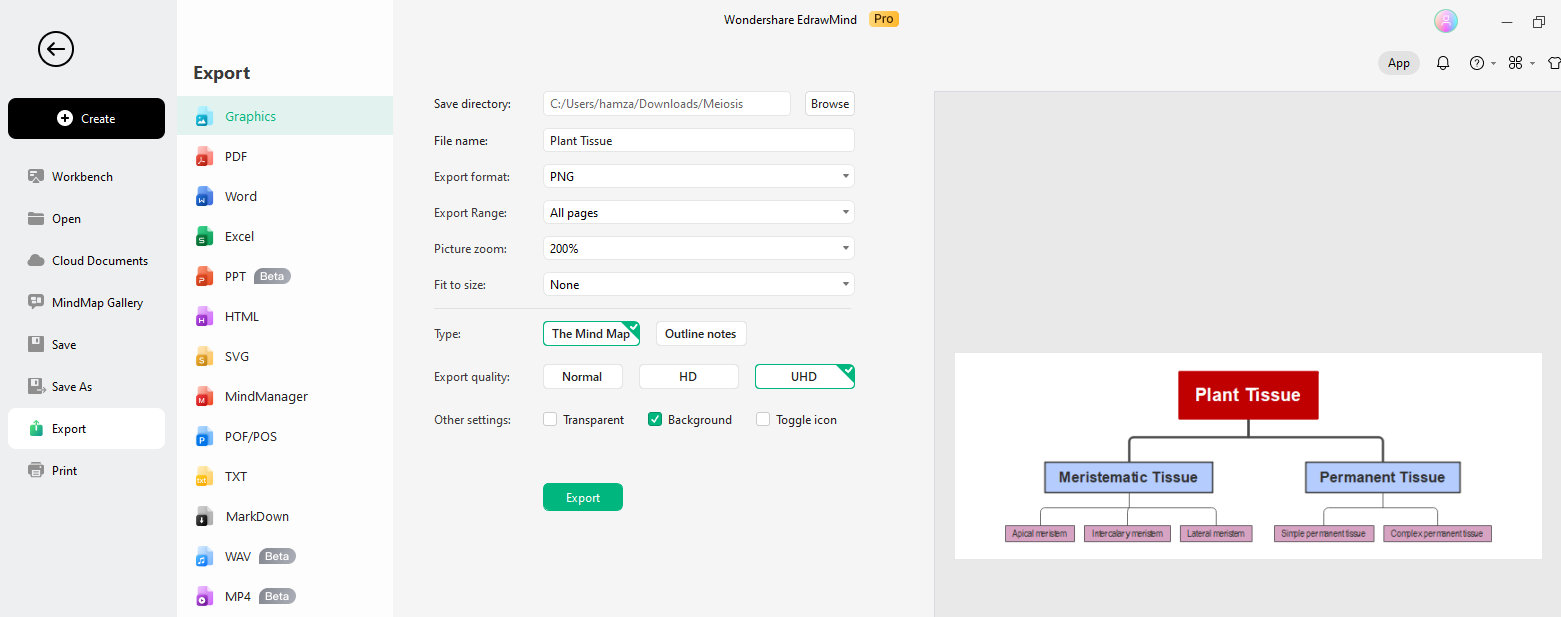
Step 7:This tool also allows you to share your map with the online community. For this, click on the “share” button and tap on the “Copy Link” button. You can also set the time to expire for the link, e.g., 3 days, 7 days, 30 days, or permanent. In addition, you can choose the platform directly to share your map, like Facebook, Twitter, Pinterest, and LINE.
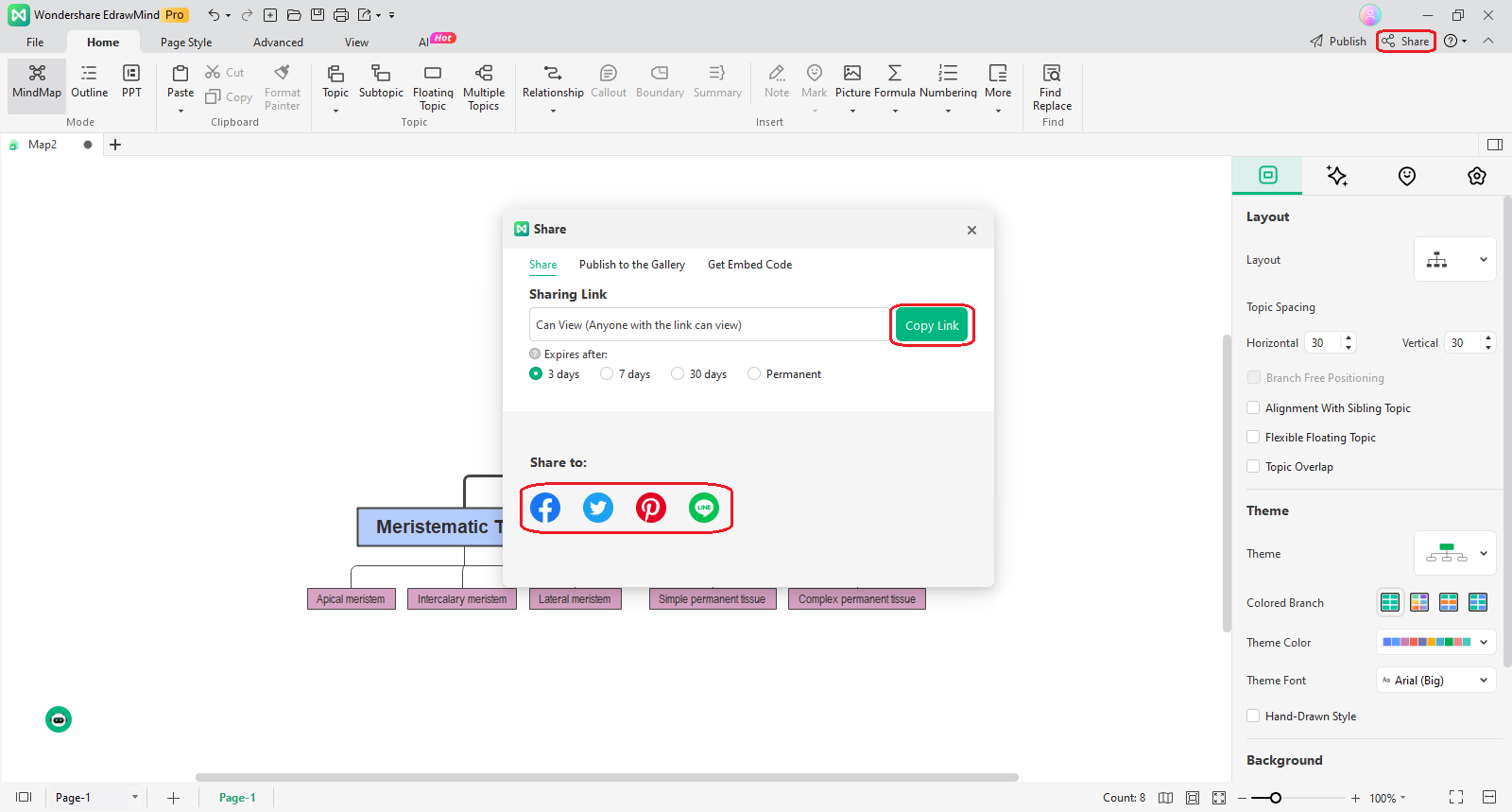
?️Explore the art of visual learning with our guide on How to Make a Concept Map. Elevate your idea organization and boost creativity. Click for transformative insights!
3 Concept Map Templates of Plant Tissue
In this section, we will explore plant tissue concept maps that are created in Wondershare EdrawMind. These templates are easily accessible, and you can mold them to match your needs best. From changing the layout to adding more branches and exporting your concept map in different file formats, EdrawMind supports everything.
1. Plant Kingdom Concept Map | Template 1
This EdrawMind template presents two major types of plant tissues: meristematic and permanent tissues. Meristematic tissues are further divided into different types, including apical meristem, intercalary meristem, and lateral meristem, as shown in the image given below.
This diagram also presents types of permanent tissues: simple permanent and complex permanent tissues. Simple permanent tissues are categorized into three types, i.e., parenchyma, collenchyma, and sclerenchyma. Parenchyma deals with food storage, collenchyma provides flexibility, and sclerenchyma provides mechanical strength.
You can see two types of complex permanent tissues in the image below. They include Xylem and Phloem. They both are further divided into four types. Xylem fibers, Xylem Parenchyma, vessels, and tracheids are types of Xylem. Whereas, the types of Phloem include Phloem fibers, companion cells, sieve tubes, and Phloem parenchyma. You can access and edit this template from the EdrawMind gallery at any time you want.
2. Plant Tissue Definition & Types | Template 2
First of all, this editable concept map template presents the definition of plant tissue, according to which a plant tissue is a group of cells (that are similar in structure) that exist with one another to perform one or multiple particular functions. Later, you see two main types of plant tissue: meristematic tissue and permanent tissue, as presented in the above template as well.
According to this template, meristematic tissue consists of a large nucleus, small cells, and a dense cytoplasm. In contrast, large vacuoles and large cells are part of permanent tissues. Three different branches come out of the permanent tissue box, i.e., dermal tissue, ground tissue, and vascular tissue. Whereas, primary meristematic tissue and secondary meristematic tissue are the two branches coming out of the meristematic tissue box.
The visuals of different categories of ground tissues and vascular tissues are also provided in this diagram, as you can see below. If you want to create a plant tissue concept map, try this EdrawMind template.
☘️Explore creative Concept Map Templates with EdrawMind! Learn to craft stunning visuals effortlessly, whether you're a beginner or pro. Click now for seamless concept mapping!
3. Plant & Animal Tissue Concept Map | Template 3
This example presents the tissues of both plants and animals. Let’s talk about plant tissue first, as this is the main focus of this article. Meristematic and permanent tissues are two major types of plant tissues, according to this template. They both are further categorized into three and two types, respectively. In the case of permanent tissues, each sub-category is divided into different types.
On the other hand, this template presents four types of animal tissue: muscular, connective, nervous, and epithelial. Muscular, connective, and epithelial tissues have three, eight, and five types, respectively. This editable concept map template can be your helping hand if you are looking forward to making a concept map of plants. Give it a try.
Final Words
A group of cells that perform a specific function in the plant’s body is commonly called plant tissue. Cells in this group are of similar structure. They contribute to plants' growth, provide them with strength, and perform a variety of other similar functions.
Understanding plant tissue, its functions, and its types is a complex subject, but a concept map helps you understand this topic easily and quickly.
When it comes to creating a plant tissue concept map, you may see a couple of diagramming tools, but they all may not be trustworthy. If you are in search of a reliable tool to make a plant kingdom concept map, try Wondershare EdrawMind.
You can use either its desktop application or online version, as per your needs. This software comes with many pre-built templates, a free trial, and excellent customer support services. It has a family of millions of people who actively use this tool across the globe. The free trial helps you access basic features, whereas the paid plan enables you to benefit from the premium functions of EdrawMind.




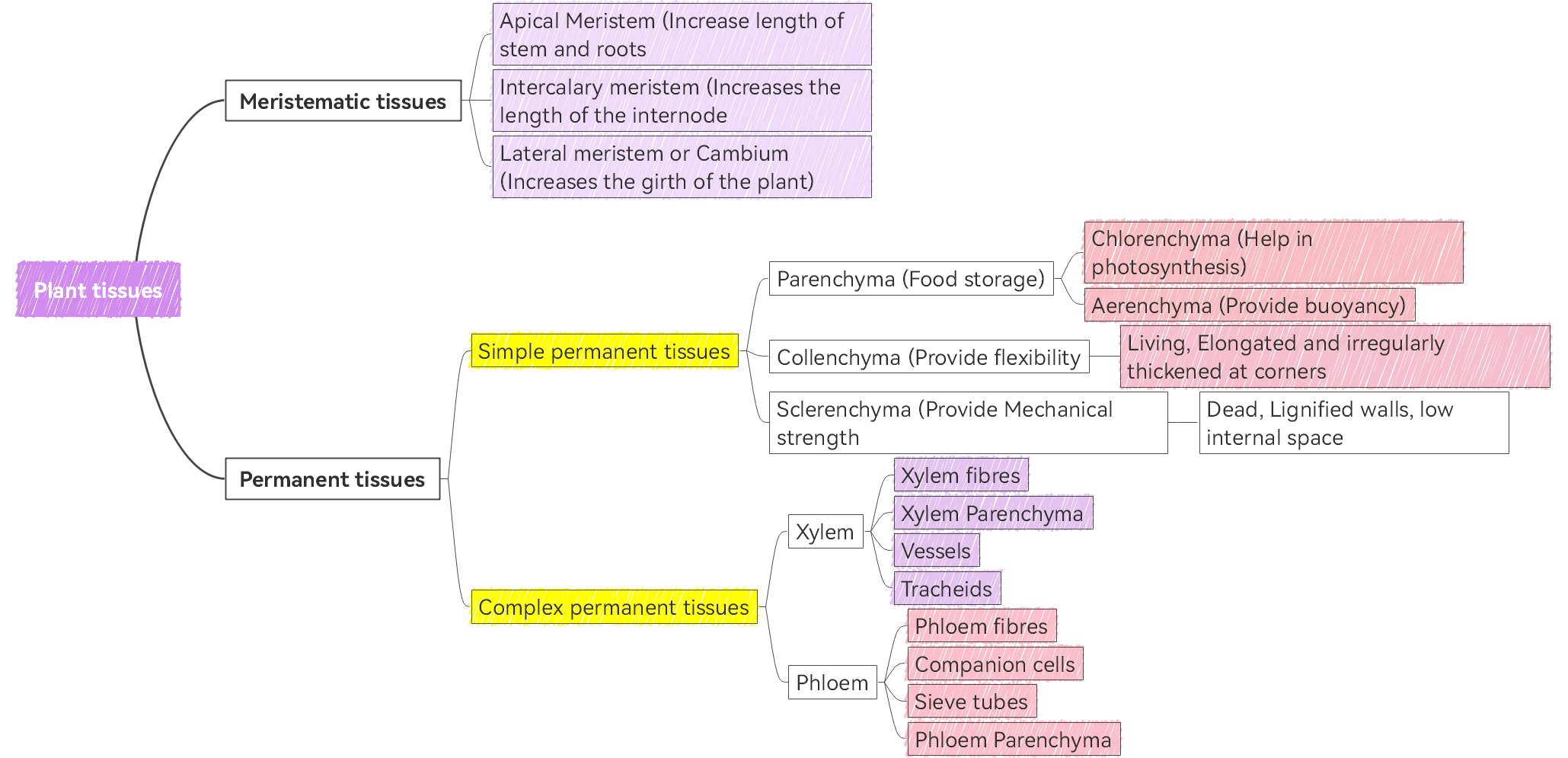
 below.
below.  below.
below. 
